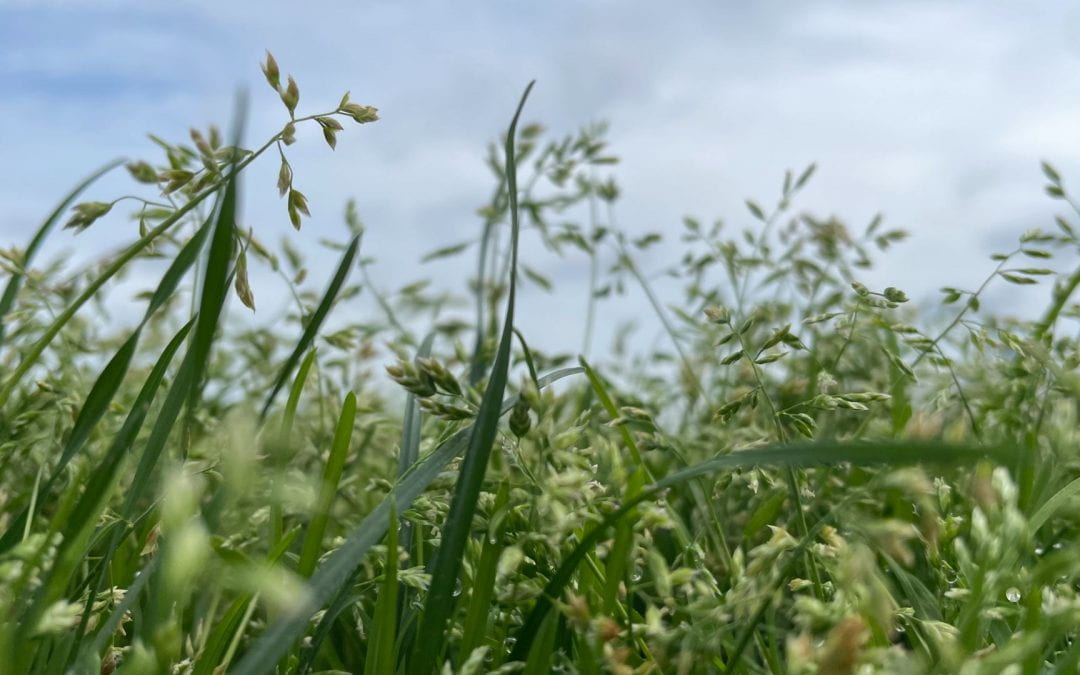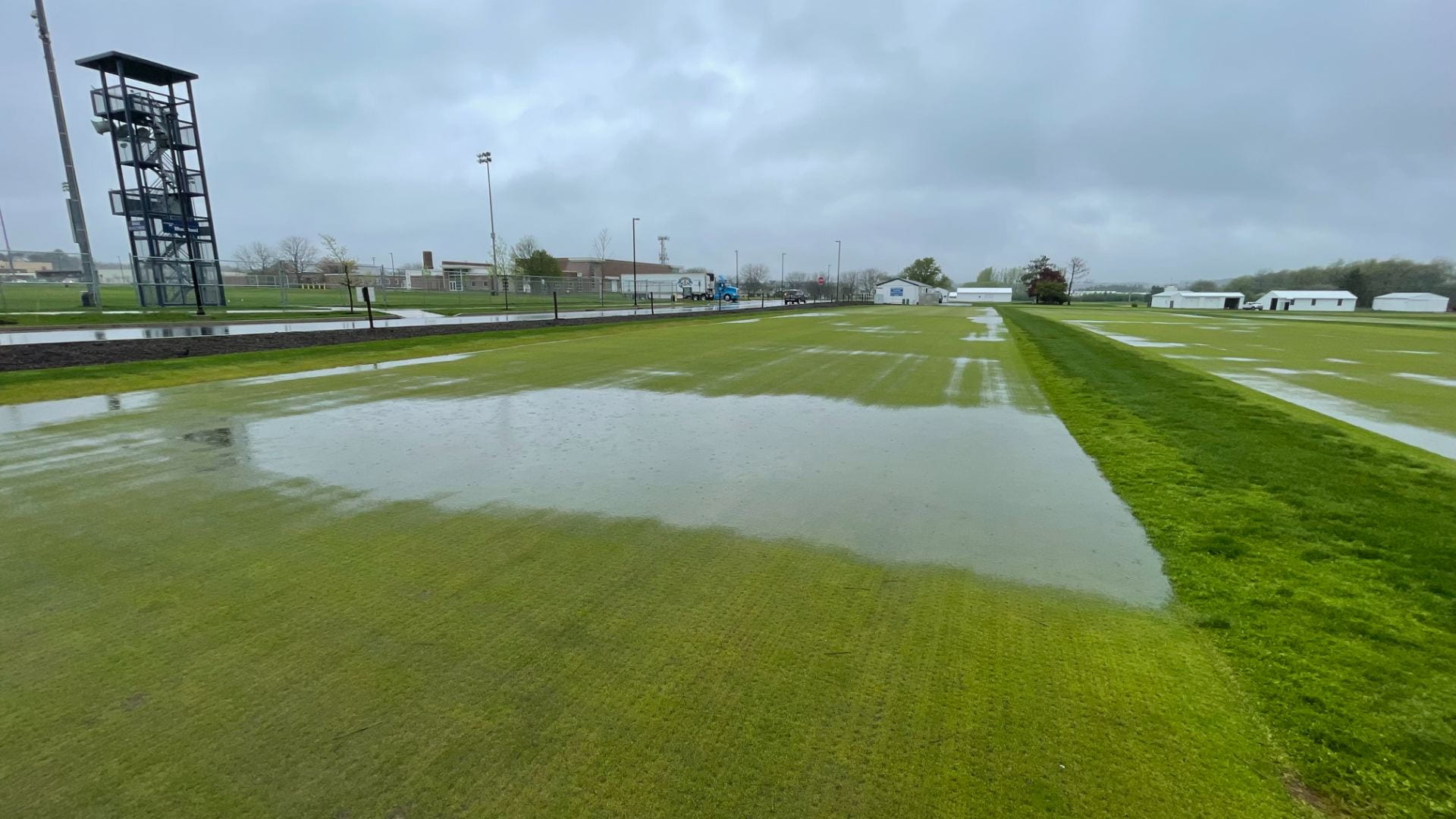
Seedheads, dollar spot and more.
The entire state of Pennsylvania finally received some warmth over the weekend with some regions cracking 90F on Saturday. Although temperatures held in the 80’s on Sunday, this week continues to track back to the high 60’s to mid 70’s. However, warmer temperatures are set to return this weekend and this is where active pests will start to pick up.
Weeds
As has been reported previously, this has to be one of the worst year for Poa seedheads on record. We continue to see seedheads flourish in all areas from putting greens to home lawns. Having said that, seedheads in the lower cut turf does seem to be subsiding quicker than in turf sites maintained at a higher height of cut. The broadleaf weeds are in full swing as well and crabgrass has germinated throughout the state. If you missed your preemergence timing, you might want to consider your postemergent options.
Diseases
We have continued to see Microdochium patch active during recent periods of cooler temperatures in combination with moist conditions. I suspect that this will subside by the weekend as warmer temperatures move in. Dollar spot popped up in Central PA this past weekend and I suspect it’s been in the warmer parts of the states for a bit longer. Look for dollar spot to take off in the next couple of weeks as it becomes the number one nemesis on everyone’s minds. Luckily, we are still early for summer time diseases like brown patch and Pythium, but don’t let the calendar dictate your decisions. Pay attention to the forecast and make decisions accordingly.
Insects
According to WeevilTrak, annual bluegrass weevils are in Stage 3 throughout much of the state with the exception of northeast PA. Traditionally cooler, the Scranton area weevils are stuck in Stage 2. Keep an eye out for any current updates from Dr. McGraw on Twitter.




